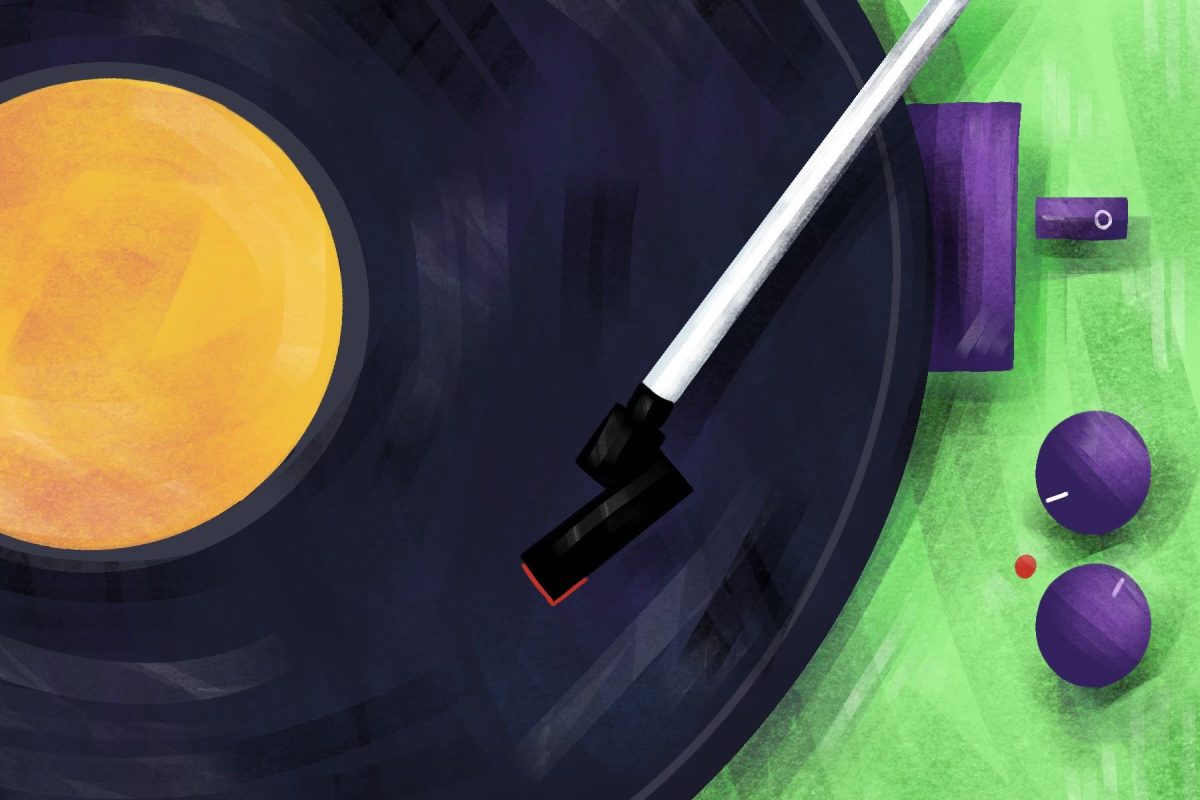I distinctly remember walking into Farrah Hall late one Thursday evening, ready for UA Recovery Night to be over so that I could get back to the library and focus on my studies. I sat down in my lecture hall seat feeling both uncomfortable and unsure about what was to come, with the required attendance for my elective, Human Development 350- Addiction: Prevention, Treatment and Recovery, being the only thing keeping my legs glued to the chair. The meeting was a weekly chip meeting put on by The University of Alabama’s Collegiate Recovery Community (UA CRC) for students and community members of Tuscaloosa to come together to “share experience, strength and hope, and also educate people about long term recovery in an effort to break stigma and create a safe and supportive environment,” as stated on UA CRC’s website.
As the speaker began, I scanned the lecture hall to observe the crowd. I saw my professor, my classmates, and in the corner of my eye, I caught a glimpse of my friend from another class. I knew with absolute certainty that he was not in HD 350 with me, and my heart sank as I realized that he was here for another reason. My friend was here to accept his one month sober chip, to be surrounded by friends who understood the struggle he was enduring, and to be supported by a community that believed in his potential to succeed. It was this night that I learned the importance and beauty of Collegiate Recovery Communities, and the same night that I learned my friend was so much more than a stigma.
According to a 2005 study completed by the National Center on Addiction and Substance Abuse at Columbia University (CASA) entitled “Wasting the Best and the Brightest: Substance Abuse at America’s Colleges and Universities,” research reveals a substance abuse crisis on college campuses across the United States. The report data shows that half of all full-time college students (3.8 million) binge drink, abuse prescription drugs, and/or abuse illegal drugs. Though addiction is a dangerous reality on college campuses, students in recovery from substance abuse have begun to change the stigma of recovering addicts through Collegiate Recovery Programs across the nation. In 1977, Brown University was the first school to develop school-based recovery services, followed by Rutgers University in 1983. In 1986, the first fully developed recovery community was founded at Texas Tech University.
Following after the Texas Tech recovery community model, The University of Alabama Collegiate Recovery Community strives to meet recovering students’ needs by providing an environment where students can thrive academically and socially while pursuing their recovery. The program is housed within the Student Health Center, and UA CRC student members are expected to refrain from the consumption of alcohol and/or drugs, attend recovery meetings, find a sponsor and work a 12-step recovery program. Most Collegiate Recovery Communities, including UA’s, also provide student members with a facility on campus where they can have fellowship with each other, study in a quiet environment or grab quick snack before class.
I believe the most important aspect of Collegiate Recovery Programs is that they provide students with a second chance to achieve both academic and social success. Represented by the Association of Recovery in Higher Education, Collegiate Recovery Communities are provided with the education, resources, and community connection needed to help change the trajectory or recovering students’ lives. Collegiate Recovery Programs often work with their college or university’s admissions programs to allow acceptance for recovering students who otherwise would not meet qualifications, as well as finding scholarship opportunities for these students from the academic institution or external resources. According to the Association of Recovery in Higher Education’s website, the national relapse average for Collegiate Recovery Program students is five percent, meaning that approximately 95 percent of students who participate in these programs maintain their recovery. This number proves that Collegiate Recovery Programs are both successful and needed on campuses across the country.
Currently, there are 76 Collegiate Recovery Programs operating in the United States. While this number shows forward progress for students and higher education institutions, keeping these programs running requires ample funding, time and dedication. When I saw my friend from class reach to receive his sobriety chip, suddenly addiction and recovery on my campus became real for me. We often think that addition and recovery are situations that are distant from our daily lives, but in reality, our fellow students and peers are dealing with this struggle every day on our campus.
The University of Alabama Collegiate Recovery Community makes a way for students who need it most, and I believe our student body should do all it can to ensure this program remains successful for our fellow students who deserve a second chance at success. Whether by attending a UA CRC Sober Tailgate at a home football game, or sitting in on a UA Recovery Night, we all have something to learn from our fellow peers and friends who are on the journey of recovery. By providing a program where students feel accepted, appreciated and involved on campus, no matter their past or current hardships, The UA CRC brings a Core Value of The University of Alabama to fruition: A campus life that embodies collaboration, collegiality, respect and a culture of inclusivity.
Morgan Nicodemus is a senior majoring in public relations. Her column runs biweekly.









